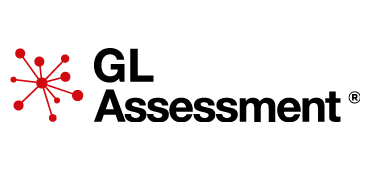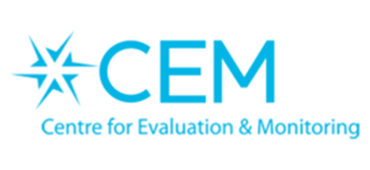The non-verbal reasoning section of the 11+ assessment can be a tricky one to prepare your child for, because it is not a case of revising what has been taught in the curriculum but enhancing their skills in problem-solving. This can be a challenge for young children when they are first introduced to it, so it’s important to begin practicing early on. It’s less about what they know for this section, and more about how they approach the question.Non-verbal reasoning is a section that is aimed at testing spatial awareness and solving problems using reasoning skills. This might include image sequences or warped and rotated images that the child will have to make assessments of. The types of questions in non-verbal reasoning assessments vary depending on where the exam is being taken, but there are some kinds of questions that come up across the board:
- Reversing images and colour
- Analogies
- Hidden shapes
- Adding shapes or taking them away
- 3×3 grids




